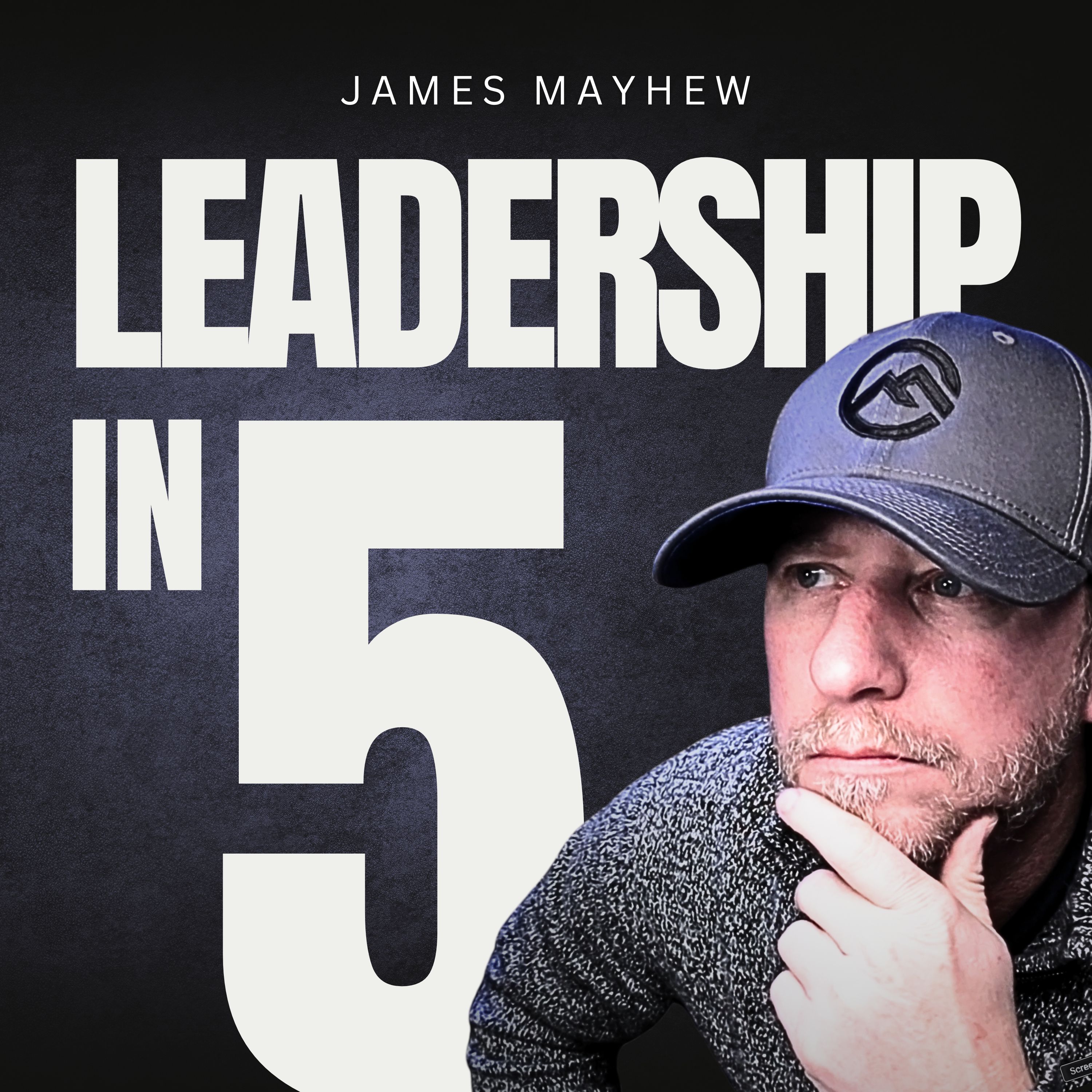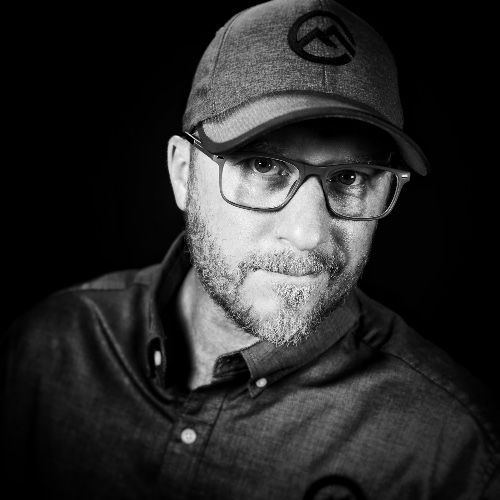The Drift Is the Danger
EP13: The Drift Is the Danger
Leadership in 5 | Execution Is Not a Pep Talk
Is your team really aligned—or just drifting quietly?
This episode unpacks how teams slide out of focus without ever realizing it—and what leaders must do to stay ahead of it.
We’re not talking about distraction. We’re talking about slow, quiet drift: the erosion of clarity, the absence of reinforcement, and the quiet fade of alignment.
If you’re a founder or executive wondering why things feel a little off— this might be the real reason.
We’ll unpack:
- Why drift is more dangerous than distraction
- How good teams lose focus without realizing it
- What your team says when they’ve stopped hearing direction
- The leadership rhythm that protects against drift
- A simple way to check your heading this week
Reflection Questions (from the episode):
- When was the last time you repeated the priorities out loud?
- If your team had to say what matters most this quarter, would they all say the same thing?
- Where have you assumed alignment instead of inspecting it?
Bonus Reflection Questions (for deeper insight):
- Are you reinforcing the heading—or just hoping it stuck?
- What rhythm in your leadership reinforces what matters most?
- Where are people making up their own direction—because you haven’t given one recently?
Links and Resources:
The right question changes everything. Grab the free Next Question Guide → NextQuestionGuide.com
Connect with James on LinkedIn → linkedin.com/in/jamesmayhew
Want to learn more or work together? → JamesMayhew.com
Transcript
When a team is focused, you can feel it.
Work moves.
Priorities stay clear.
Decisions don’t get stuck in back-and-forth delays or half-finished follow-through.
There’s alignment. There’s momentum.
People aren’t just busy—they’re productive and moving in the same direction.
And when it’s like that, you feel it in your body.
Meetings are cleaner.
Conversations are quicker.
You’re not chasing clarity or repeating the same message over and over again.
It’s not perfect. But it’s healthy. There’s flow. There’s confidence.
That’s what focus creates.
But here’s where it starts to break down—not through chaos, not through distraction…
Through drift.
Hi, I’m James and you’re listening to the Leadership in 5 podcast.
Drift is sneaky.
It doesn’t interrupt you.
It doesn’t feel like a problem—until it is.
And by the time you notice, you’re already dealing with the consequences.
Let me show you what it looks like.
The team thought they were on course.
The strategy was clear, and as they looked around the table at each other, everyone agreed. They were aligned.
The kickoff meeting was sharp, focused… even energizing. People left the room feeling confident in the direction, genuinely excited by the work—ready to go.
But in the weeks that followed, something unexpected started to happen.
Even though there was progress happening, something underneath started to feel… off.
Not necessarily broken. It wasn’t chaotic like it had been before, but things were out of sync.
The work was still getting done.
Projects were moving forward.
Tasks were being checked off.
But slowly, the conversations began to shift.
During a Tuesday stand-up, one person hesitated before speaking up and said, “I thought we moved on from that.”
Later that week, in a cross-functional meeting, someone else leaned back in their chair and asked, “Wait… are we still doing it that way?”
It wasn’t defiance. It wasn’t even resistance.
It was uncertainty. The kind that builds quietly when direction isn’t reinforced.
One team assumed the change had been scrapped. Another thought it had already launched. A third didn’t realize they were still on the hook for their part. And the leader? He was starting to wonder why everyone seemed distracted.
But they weren’t distracted.
They were drifting.
This is what most leaders miss.
Drift doesn’t come with alarms.
It comes with assumptions.
You assume the message stuck.
You assume your managers are reinforcing it.
You assume the team is still aligned—because no one’s saying otherwise.
But no news isn’t clarity.
It’s silence.
And silence is exactly where drift starts to grow.
If you’ve ever looked around and thought, “Why are we off track? I know we talked about this,”
—this is probably why.
You said it once.
Maybe even twice.
But no one’s said it again since.
Not in your weekly meetings.
Not in one-on-ones.
Not in how decisions are being made.
And now, people are guessing.
They’re solving based on what used to be true.
They’re pulling in opposite directions—not because they want to, but because they’re no longer sure what to anchor to.
And that’s not their failure.
That’s a system failure.
That’s a leadership rhythm that went quiet.
So where does that leave you?
Maybe your team isn’t off track yet.
Maybe you’re still in that window where everything looks like it’s working.
But if it’s been a while since you came back to the heading—
if you haven’t said the priorities out loud in a while…
if you haven’t seen your managers coaching to the actual strategy…
if your team couldn’t tell you in one sentence what matters most this quarter—
That’s not alignment.
That’s assumption.
And drift feeds on assumption.
It doesn’t need failure.
It just needs silence.
So if you’re seeing misfires, if the energy feels off, if the updates sound fine but the results feel thin—
Don’t tighten the grip.
Don’t launch a new initiative.
Just check the heading.
Ask what’s really clear.
Ask what’s fading.
And ask what people have started to forget—because they haven’t heard it in a while.
That’s your next move.
Not a speech. Not a strategy session.
Just one conversation that brings the direction back into focus.
That’s it.
That’s the leadership moment.
So here’s how to make it practical.
Pick one place this week where you normally focus on tasks—
maybe your 1:1s, your staff meeting, your Monday sync.
And instead of asking, “What’s done?”, ask, “What matters most right now?”
Then ask someone else to answer it. Don’t lead with the answer—listen for it.
Because drift doesn’t just pull the work off course.
It pulls the people off course.
And you can’t fix the work if your people don’t know what direction to follow.
So start there.
Just one question.
Just one conversation.
And that’s worth thinking about today.




